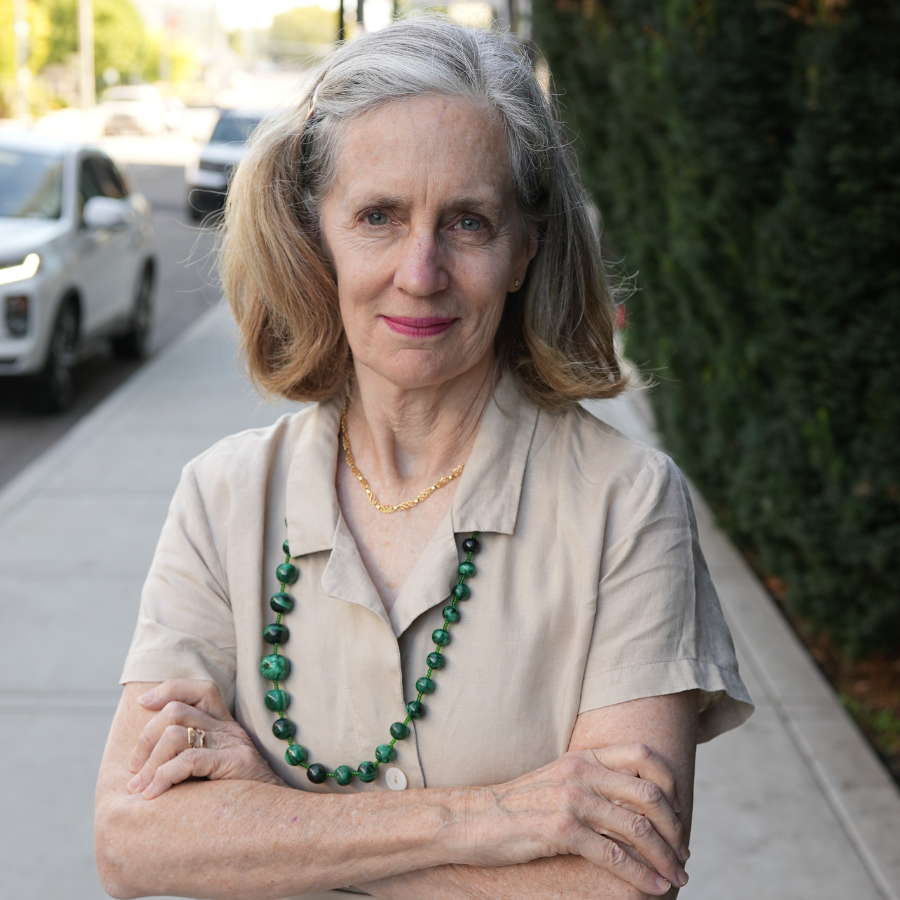For years public school administrators and special interests pressed the legislature for more money to reduce class sizes in the schools.[1] The educational benefits are questionable – research shows the quality of the teacher, not class size, is the primary factor in how well children learn.
What is clear, though, is that executives at the powerful WEA union realize financial gain from increases in education spending. Washington in not a right-to-work state, and union executives here take about $1,000 from each teacher every year. WEA executives say they will arrange for the firing of any teacher who does not pay.
In response to the very public campaign for smaller class sizes, the legislature provided an extra $90 million in the 2013-15 budget[2] and $350.2 million more in the 2015-17. The money was meant for class size reduction in kindergarten, first grade, second grade and third grade.[3]
In using public data to see how administrators are using these funding increases, I found that officials at the state’s largest school district, Seattle, are planning to increase class sizes in most of its elementary and K-8 schools in the coming 2016-17 school year.
On July 6th, Seattle School Board members formally announced plans to spend a record amount, $790 million, to operate 98 schools for 52,000 students.[4] That is about $15,000 per student, or roughly twice the amount of typical private school tuition in the city.
The spending includes a $10.1 million grant from state taxpayers to reduce class sizes,[5] plus $300 million from property owners for capital spending.
School Board members do not provide the public with true class sizes in Seattle. Instead they report the number of students per teacher, which makes class sizes appear smaller. (As a side note, classroom teachers make up less than half of school district employees.)
Despite new state funding, Seattle Public Schools say they are planning for larger class sizes in 64 of their 70 elementary and K-8 schools in 2016-17 (see table).
All the hoopla and class-size campaign in Olympia from a few years ago, which raised parental expectations statewide, has resulted in the opposite of what people were promised; more spending appears to be leading to larger class sizes, not smaller ones.
For independent researchers like me, scanning public documents to track changes in true class sizes is a tortured and murky exercise. However, one budget trend stands out starkly – classes might be more crowded, but more money from the legislature has increased the number of public employees who must give WEA union executives $1,000 a year.
Students per Teacher in Seattle Public Elementary and K-8 Schools
Elementary School | 2014-15 School Year[6] | 2015-16 School Year[7] | 2016-17 School Year[8] | Change in student teacher ratio from 2014-15 to 2016-17 |
Adams Elementary | 18.1 | 19.5 | 21.3 | +3.2 students |
Alki Elementary | 18.8 | 20.1 | 21.6 | +2.8 students |
APP @ Lincoln/Cascadia Elementary | 23.2 | 21.7 | 22.2 | -1.0 students |
Arbor Heights | 14.8 | 16.2 | 20.0 | +5.2 students |
B.F. Day Elementary | 16.5 | 17.6 | 20.1 | +3.6 students |
Bailey Gatzert Elementary | 13.5 | 13.0 | 16.6 | +3.1 students |
Beacon Hill International | 15.8 | 15.2 | 17.2 | +1.4 students |
Louisa Boren K-8 | 16.7 | 17.3 | 21.8 | +5.1 students |
Broadview-Thompson K-8 | 13.9 | 14.9 | 19.1 | +5.2 students |
Bryant Elementary | 20.8 | 21.5 | 20.0 | -0.8 students |
Catherine Blaine K-8 | 19.3 | 19.5 | 20.9 | +1.6 students |
Concord International | 14.5 | 13.7 | 16.4 | +1.9 students |
Daniel Bagley Elementary | 17.0 | 16.8 | 19.0 | +2.0 students |
Dearborn Park Elementary | 15.4 | 16.3 | 17.1 | +1.7 students |
Dunlap Elementary | 13.1 | 13.0 | 16.2 | +3.1 students |
Emerson Elementary | 14.2 | 14.1 | 17.2 | +3.0 students |
Fairmount Park Elementary | 20.6 | 18.7 | 21.7 | +1.1 students |
Franz Coe Elementary | 18.3 | 17.7 | 19.0 | +0.7 students |
Gatewood Elementary | 16.1 | 16.4 | 20.4 | +4.3 students |
Graham Hill Elementary | 14.7 | 13.2 | 16.8 | +2.1 students |
Green Lake Elementary | 16.9 | 15.4 | 20.1 | +3.2 students |
Greenwood Elementary | 17.1 | 17.0 | 20.9 | +3.8 students |
Hawthorne Elementary | 13.9 | 14.6 | 18.1 | +4.2 students |
Hazel Wolf K-8 | No data reported | 18.1 | 20.8 | +2.7 students over 2015-16 |
Highland Park Elementary | 13.6 | 13.6 | 16.4 | +2.8 students |
John Hay Elementary | 16.6 | 17.2 | 19.2 | +2.6 students |
John Rogers Elementary | 17.2 | 16.6 | 19.4 | +2.2 students |
John Stanford International Elementary | 20.7 | 19.5 | 21.0 | +0.3 students |
Kimball Elementary | 15.0 | 17.1 | 18.1 | +3.1 students |
Lafayette Elementary | 19.3 | 18.8 | 20.5 | +1.2 students |
Laurelhurst Elementary | 17.0 | 17.2 | 20.6 | +3.6 students |
Lawton Elementary | 19.0 | 18.2 | 20.4 | +1.4 students |
Leschi Elementary | 16.4 | 16.1 | 17.4 | +1.0 students |
Licton Springs K-8 | No data reported | 9.0 | 10.4 | +1.4 students over 2015-16 |
Lowell Elementary | 11.9 | 12.1 | 17.3 | +5.4 students |
Loyal Heights Elementary | 20.7 | 21.1 | 20.4 | -0.3 students |
Madrona K-8 | 11.7 | 12.9 | 13.6 | +1.9 students |
Maple Elementary | 17.0 | 16.4 | 18.4 | +1.4 students |
Martin Luther King Jr. Elementary | 14.2 | 15.8 | 17.3 | +3.1 students |
McDonald International Elementary | 17.3 | 19.4 | 20.7 | +3.4 students |
McGilvra Elementary | 15.7 | 17.0 | 18.3 | +2.6 students |
Montlake Elementary | 17.7 | 17.1 | 18.2 | +0.5 students |
Muir Elementary | 16.6 | 16.8 | 18.3 | +1.7 students |
North Beach Elementary | 18.3 | 17.3 | 20.9 | +2.6 students |
Northgate Elementary | 12.6 | 12.4 | 16.6 | +4.0 students |
Olympic Hills Elementary | 13.3 | 14.0 | 15.5 | +2.2 students |
Olympic View Elementary | 16.5 | 17.9 | 20.3 | +3.8 students |
Orca K-8 | 18.7 | 18.7 | 18.3 | -0.4 students |
Pathfinder K-8 | 15.4 | 15.9 | 21.8 | +6.4 students |
Queen Anne Elementary | 19.2 | 18.9 | 20.5 | +1.3 students |
Rainier View Elementary | 13.0 | 14.9 | 18.0 | +5.0 students |
Roxhill Elementary | 12.6 | 13.7 | 15.4 | +2.8 students |
Sacajawea Elementary | 13.3 | 12.7 | 18.4 | +5.1 students |
Salmon Bay K-8 | 18.7 | 18.3 | 21.1 | +2.4 students |
Sand Point Elementary | 12.8 | 14.0 | 17.4 | +4.6 students |
Sanislo Elementary | 15.9 | 14.7 | 15.9 | No change |
Schmitz Park/Gennesee Elementary | 19.3 | 19.9 | 20.8 | +1.5 students |
South Shore K-8 | 13.9 | 13.7 | 17.3 | +3.4 students |
Stevens Elementary | 16.6 | 15.0 | 18.4 | +1.8 students |
Thornton Creek Elementary | 13.7 | 16.7 | 19.9 | +6.2 students |
Thurgood Marshall Elementary | 18.6 | 17.2 | 20.0 | +1.4 students |
TOPS K-8 | 16.9 | 17.7 | 21.4 | +4.5 students |
Van Asselt Elementary | 15.6 | 15.2 | 18.1 | +2.5 students |
View Ridge Elementary | 17.7 | 18.3 | 20.0 | +2.3 students |
Viewlands Elementary | 12.6 | 15.5 | 18.6 | +6.0 students |
Wedgwood Elementary | 17.3 | 18.9 | 20.2 | +2.9 students |
West Seattle Elementary | 14.0 | 14.4 | 16.9 | +2.9 students |
West Woodland Elementary | 18.9 | 18.8 | 20.3 | +1.4 students |
Whittier Elementary | 21.5 | 18.9 | 19.7 | -1.8 students |
Wing Luke Elementary | 13.3 | 13.1 | 16.7 | +3.4 students |
[1][1] “Annual Report 2014-2015,” Washington Association of School Administrators, pages 7-8, at www.wasa-oly.org/docs/Resources/2015AnnualReport.pdf.
[2] “Legislative Budget Notes, 2013-15 Biennium – 2013 Supplemental,” Legislative Evaluation and Accountability Program, Office of Financial Management, page 0-242, at leap.leg.wa.gov/leap/budget/lbns/2013LBN.pdf.
[3] “Legislative Budget Notes, 2015-17 Biennium % 2015 Supplemental,” Legislative Evaluation and Accountability Program, Office of Financial Management, page 0-274, at leap.leg.wa.gov/leap/budget/lbns/2015LBN.pdf.
[4] “Seattle Public Schools 2016-17 Recommended Budget,” Seattle Public Schools, at www.seattleschools.org/UserFiles/Servers/Server_543/File/District/Departments/Budget/Budget%20Development%202017/adoptedbudget17.pdf.
[5] “Board Budget Work Session, March 30, 2016,” Seattle Public Schools, page 9, at www.seattleschools.org/UserFiles/Servers/Server_543/File/District/Departments/Budget/Budget%20Development%202017/budget_work_session_3-30-16.pdf.
[6] “Seattle Public Schools, 2014-15 Adopted Budget,” Superintendent Jose Banda and Seattle School Board, pages 150-289, at www.seattleschools.org/UserFiles/Servers/Server_543/File/District/Departments/Budget/Past%20School%20Year%20Budgets/FY%202014-15%20Budgets/Adopted%20Budget%20FY%202014-15.pdf.
[7] “Seattle Public Schools, 2015-16 Adopted Budget,” Superintendent Nyland and Seattle School Board, pages 78-148,at www.seattleschools.org/UserFiles/Servers/Server_543/File/District/Departments/Budget/Budget%20Book%202015-2016/2015-16%20Budget%20Book%20updated%2006162015v2.pdf.
[8] 2016-17 Adopted Budget,” Superintendent Nyland and Seattle School Board, pages 99-190, at www.seattleschools.org/UserFiles/Servers/Server_543/File/District/Departments/Budget/Budget%20Development%202017/adoptedbudget17.pdf.




